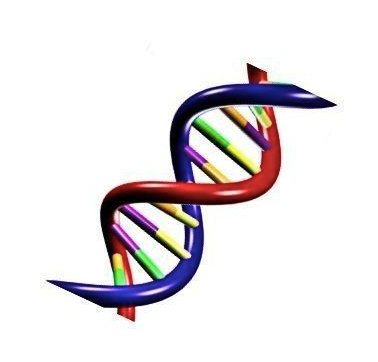Genetic Algorithms: The Code of Life

Genetic algorithms (GAs) are a type of search algorithm that is inspired by the process of natural selection. They are used to find solutions to optimization problems, such as finding the shortest route between two points or the best way to pack a container.
GAs work by creating a population of candidate solutions, called chromosomes. Each chromosome is a string of genes, and each gene represents a possible value for a variable in the problem. The chromosomes are then evaluated, and the best ones are selected to reproduce. The offspring of the selected chromosomes are then mutated, which means that some of their genes are changed. This process is repeated until a solution is found that is good enough.
Here are some funny facts about genetic algorithms:
- GAs are often used to design antennas. This is because antennas are complex shapes that are difficult to design using traditional methods. GAs can be used to find the best shape for an antenna by simulating the process of natural selection.
- GAs have also been used to design drugs. This is because GAs can be used to find the best combination of chemicals that will have the desired effect.
- GAs have even been used to design cars. This is because GAs can be used to find the best combination of design features that will improve the performance of the car.
GAs may seem like a complex and technical topic, but they are actually quite simple. They are just a way of using the process of natural selection to solve problems. And as the world becomes more complex, GAs are sure to become even more important.
Here is a joke about genetic algorithms:
Why did the genetic algorithm get a speeding ticket?
It was driving through the gene pool.


